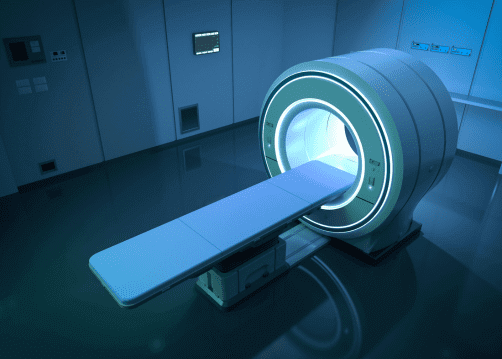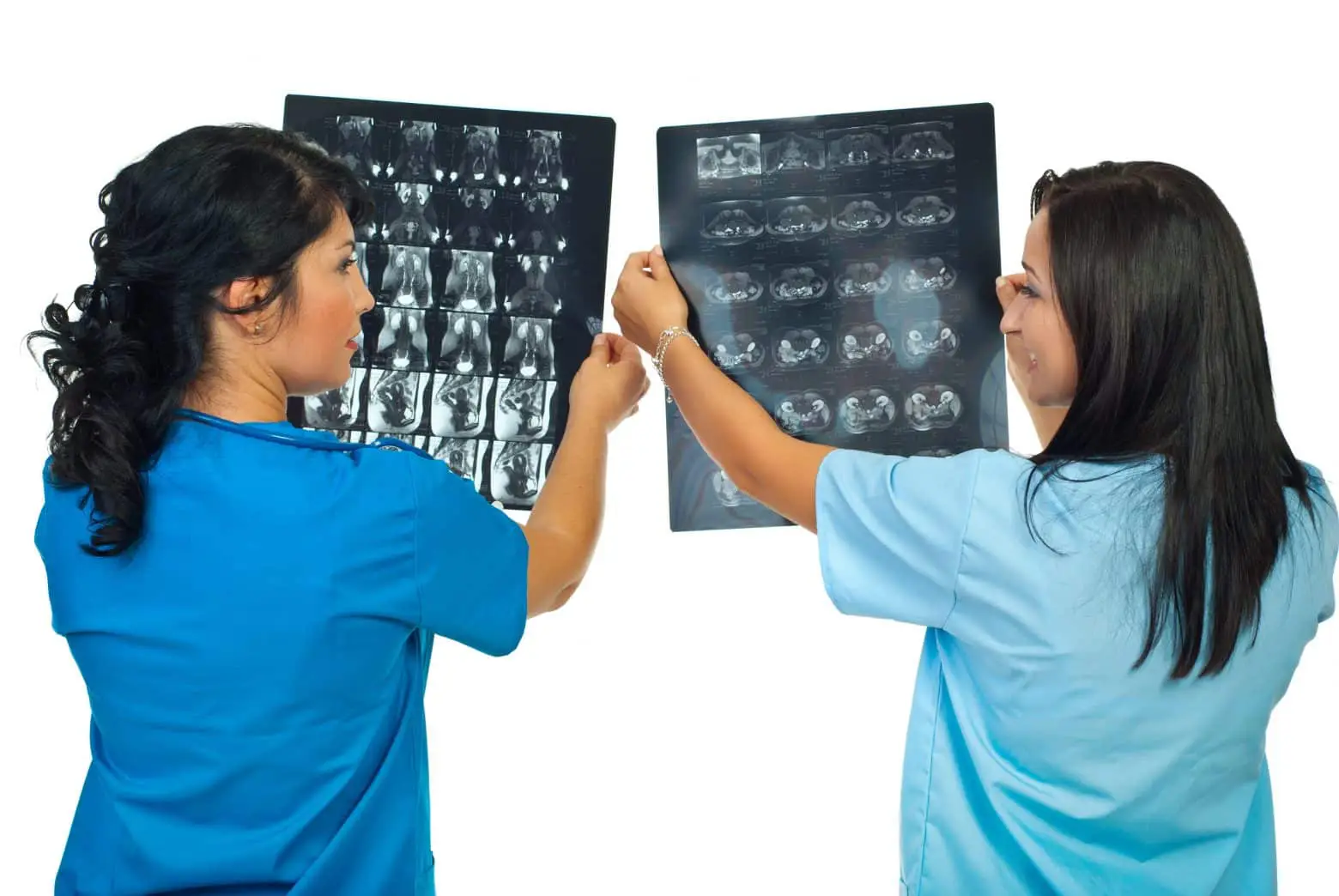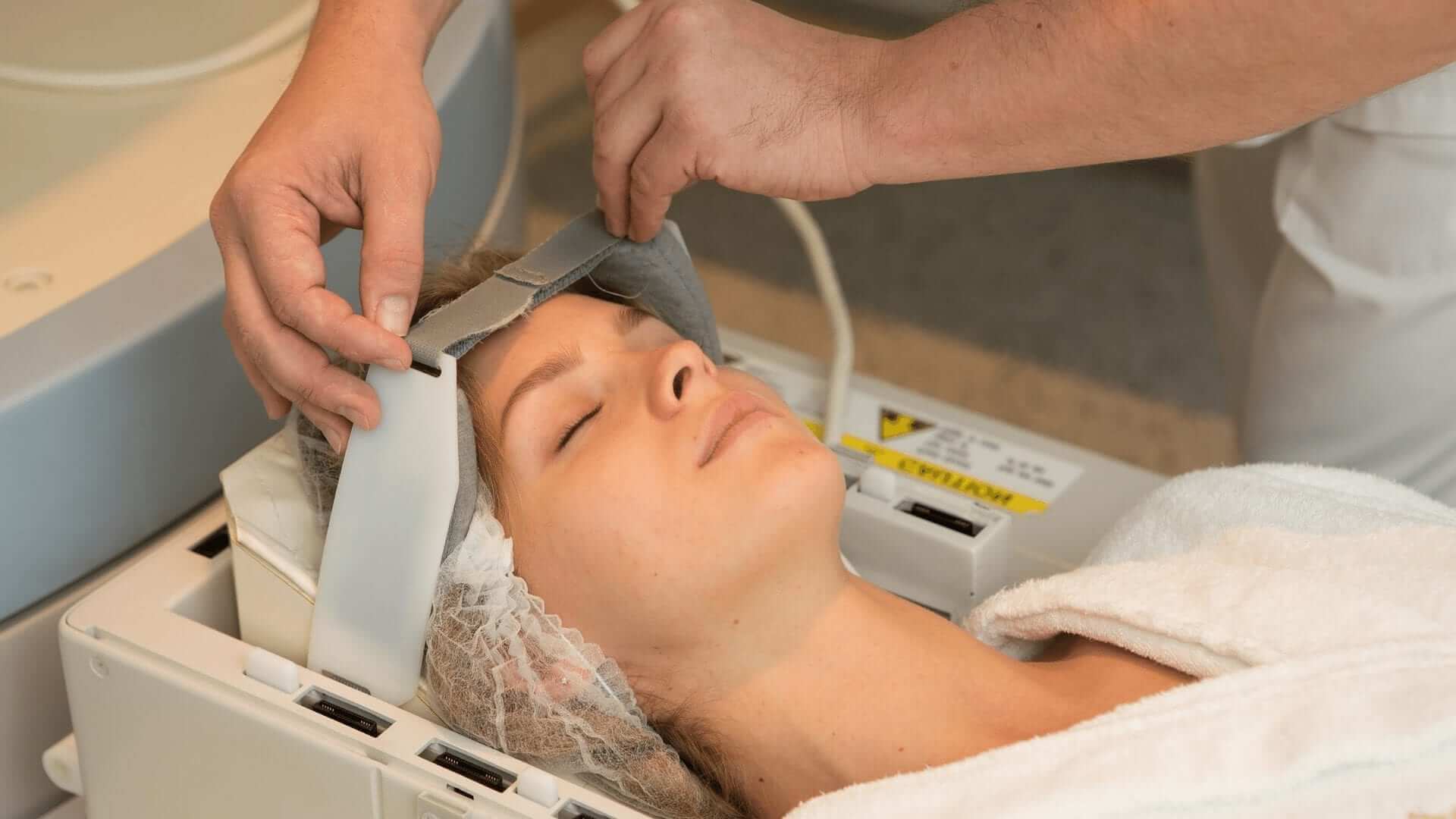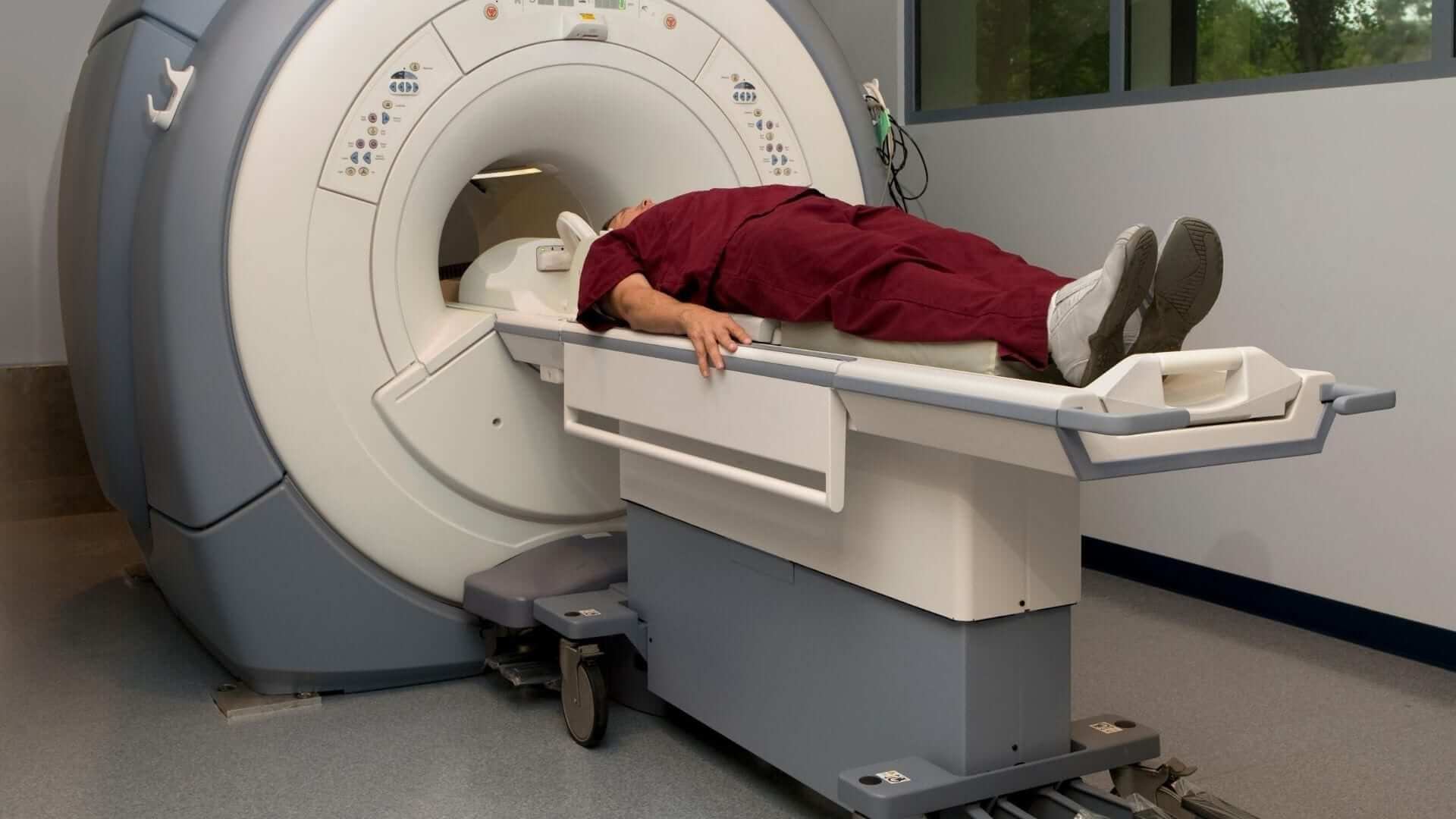Tools to Put in Your Toolbox for an MRI Program
Date: June 26, 2023
To serve successfully as an MRI technologist there are certain skills you will need to place in your proverbial toolbox. Getting a firm foundation in these basics will help you in your selected MRI program. While there are many soft and hard skills you will need, some disciplines that will specifically help you include biology, anatomy and physiology, and sectional anatomy. These tools are unpacked in detail below.
One, Biology as a Tool
First, biology is essential to the MRI field. In short, biology studies living structures and their vital processes.1 By and large, distinguishing between types of tissue, organs, and abnormalities within the human body depends on a clear comprehension of biological fundamentals.
Without a robust understanding of this science, it’s impossible to interpret and make sense of internal diagnostic images correctly. Therefore, an MRI technologist must have a firm biology foundation to decipher internal scans. Sound knowledge in this field forms the foundation for a successful career.
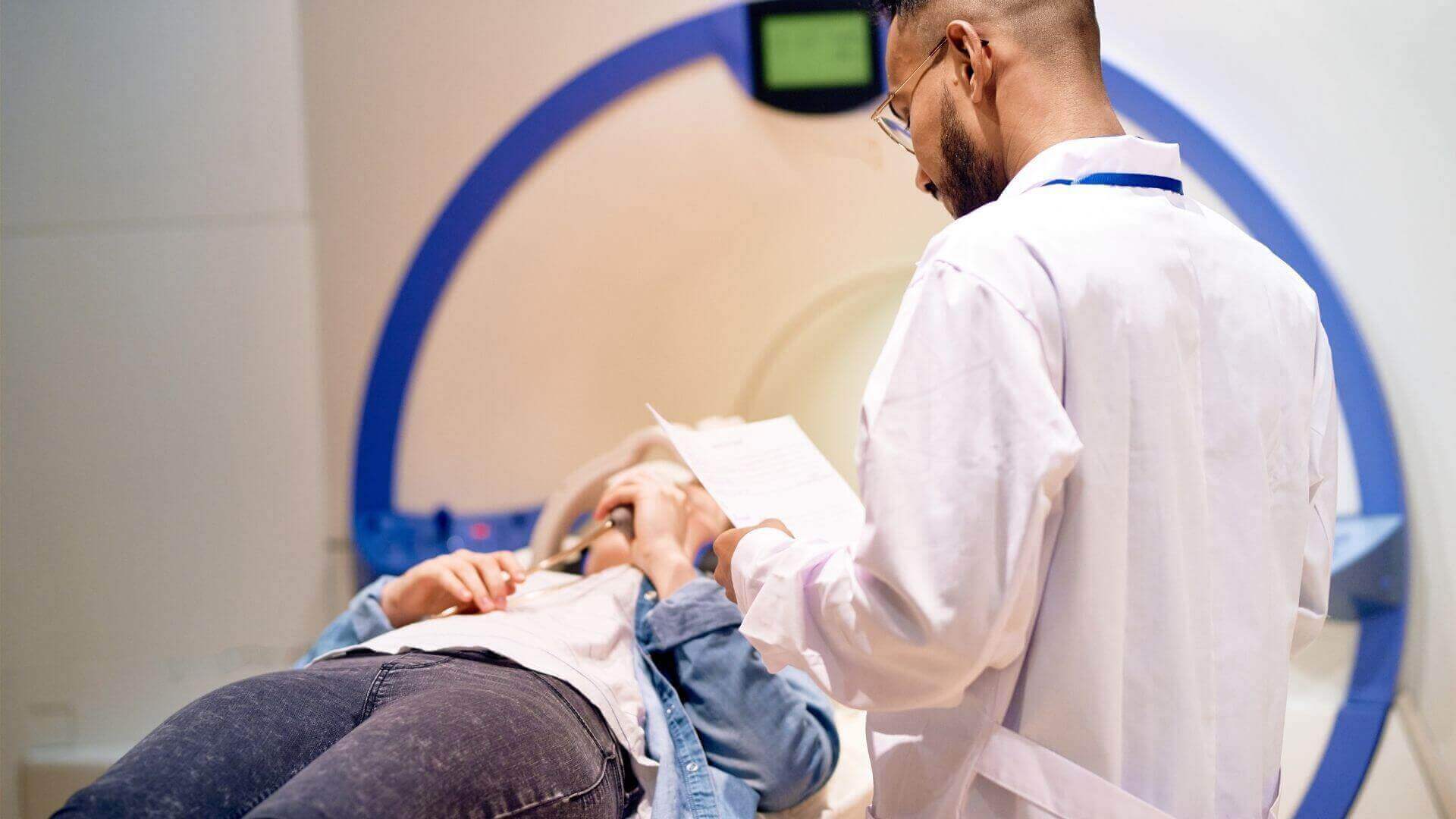
Moreover, biology bridges MRI technology and patient safety. Understanding how magnetic fields interact with organic matter and their relationships helps technologists keep patients safe from harm while producing clear images of their internal structures.
Two, Anatomy and Physiology as Tools
Second, anatomy and physiology are essential to the MRI field. MRI professionals must thoroughly understand human anatomy and physiology to interpret images and identify abnormalities within the human body accurately. Overall, correctly understanding these areas enables technologists to assess which structures to scan and how they might be visualized. Further, an anatomy background aids in identifying specific organs and tissues that require special attention.
Basic physiological concepts, including circulation, fluid dynamics, and tissue responses, are critical skills for successful MRI imaging. For example, understanding how blood flows through different vessels can help technologists capture high-resolution images of specific regions with better contrast. Anatomy and physiology offer a foundation from which imaging professionals might accurately diagnose complex clinical cases.
Three, Sectional Anatomy as a Tool
Third, sectional anatomy is essential to the MRI field. Moreover, a thorough understanding of sectional anatomy is critical to accurately interpreting images and providing diagnoses.
In short, sectional anatomy is the study of regions instead of systems. “The focus is on the anatomical relationships of all structures within a given region, such as the thorax or abdomen.”2 The discipline also examines the body’s internal structures from different planes or cross sections.
To serve successfully as an MRI technologist there are certain skills you will need to place in your proverbial toolbox.
Moreover, sectional anatomy includes knowledge of anatomical terminology, organ systems, and tissue characteristics. Through this method, MRI Technologists identify abnormalities and lesions as well as differentiate between normal and abnormal tissues. In addition, comprehensive knowledge of sectional anatomy enables physicians to plan surgical procedures more precisely.
By utilizing advanced technology, MRI professionals can obtain detailed images to make informed decisions regarding patient care. Therefore, mastery of sectional anatomy is critical to the MRI profession.
Basic Tool Reminder
Remember, biology, anatomy, and physiology sectional anatomy are important tools to put in your toolbox for your future MRI vocation.~
Collect Your Tools
After reading this, do you think a Magnetic Resonance Imaging program may be for you? If so, see our A.S. in Magnetic Resonance Imaging program material here today.~
Citations
1 Green, Edna R., Joshi, Susan Heyner, and Rogers, Kara. “Biology.” Encyclopedia Britannica. March 27, 2023. (Accessed April 28, 2023.)
2 —.“Introduction to Sectional Anatomy.” Basicmedical Key. June 16, 2016. (Accessed May 1, 2023.)

